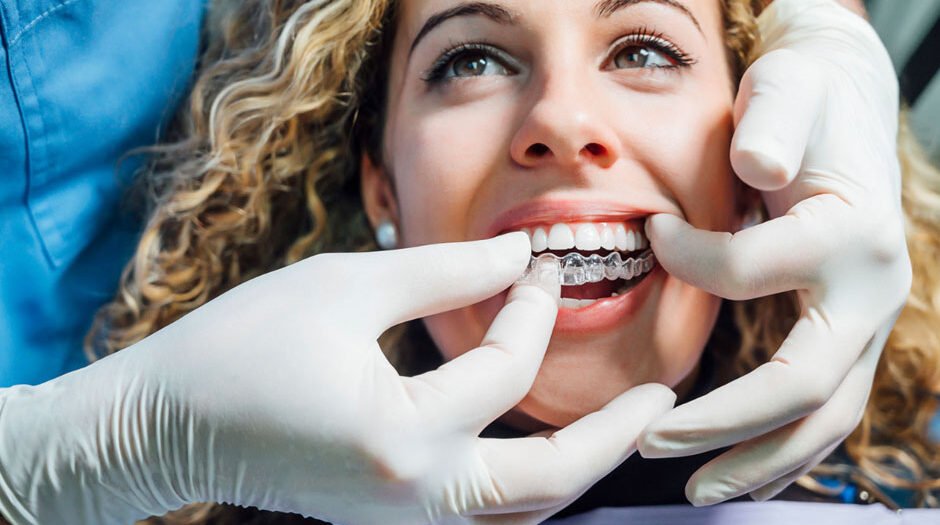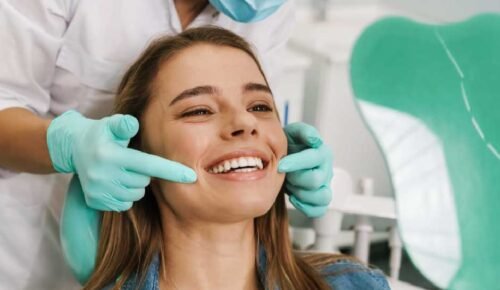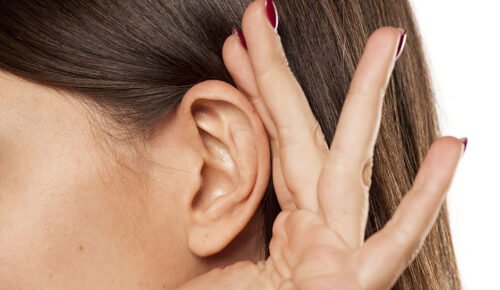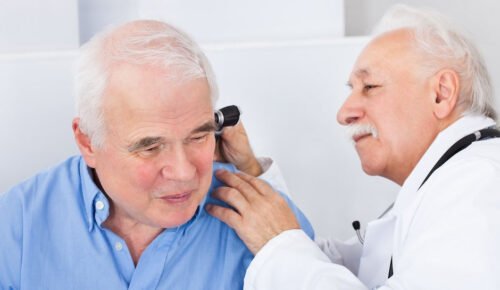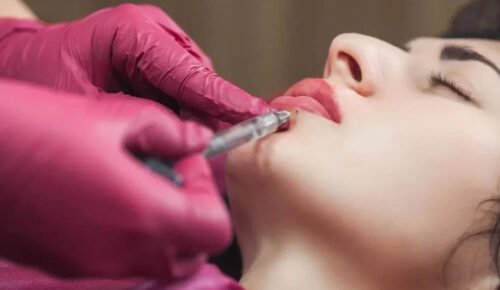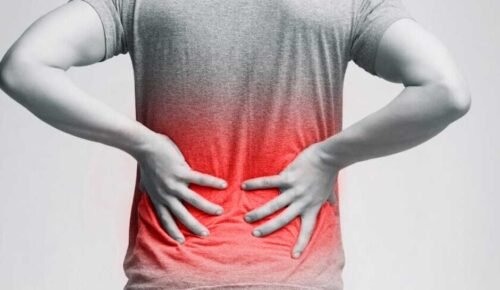Orthodontic appliances can help straighten teeth, improve jaw growth, and promote facial stability during development. They include fixed, removable, and combo options, which are custom-made to fit well in your mouth and teeth. Dentists and dental labs use these appliances to offer timely restorations with consistent quality and individualized solutions. Here is a detailed process used by dental laboratories to create orthodontic appliances:
Obtaining a Digital Data Set
While some dental and orthodontic offices use physical molds to take impressions of patient’s teeth, other offices rely on digital scans. Scans are quick and easy to take and require less cleanup than a physical impression. A digital data set representing tooth arrangement helps dental laboratories generate a computer representation of a patient’s lower and upper teeth. The process determines the repositioning of the teeth depending on the occlusion. A digital processing system includes intraoral scanning used for data acquisition, object design, and three-dimensional printing. Computer-implemented apparatus for creating dental appliances comprises a data storage device and a processor. The data storage device stores digital instructions that represent the patient’s tooth arrangement.
Choosing the Right Materials
Clasps are used to fix orthodontic apparatus. The metal used to make the clasp is usually stainless steel, as it has high spring properties. A stainless steel clasp can’t be affected by oxidation when it comes in contact with oral fluid. The vestibular arches help stabilize the appliance and move the anterior teeth. They are made of steel wire and consist of two symmetrical semicircular bends and a central part that fixes the removable device.
Orthodontic springs are part of the appliance that helps move a group of teeth or single teeth in any direction. The mechanical and physical characteristics of the metal, the diameter of the wire, and the width and number of bends are the main determinants of the spring force. Some other supplies a dental lab may use when creating orthodontic appliances include mixing tips, aligner mixers, and impression trays.
Processing the Appliances
This step involves fixing the clasp and the wire components to the casts using sticky wax or dental putty on the buccal and labial surfaces. Impressions are taken from the patient’s mouth and poured in stone or plaster. The process involves distributing sticky wax into a metal or plastic tray and placing it over the patient’s teeth.
After the stone or plaster sets, a lab technician separates the plaster mold from the impression. This provides an accurate model of the patient’s teeth and mouth. The technician will then bend wires and hold them on the device using sticky wax acrylic. The acrylic comes in liquid and powder forms, which laboratories use to build up acrylic around the teeth and wires. Heat and pressure cure the acrylic quickly, making it dense and hard. Once the device is removed from the heat source, it is trimmed to the desired size and shaped to fit the patient’s preference.
After trimming, the lab technician polishes the orthodontic device with polish and pumice to give it a glossy shine. They then place the final polished orthodontic appliance into a sterilized solution to make it ready for fitting into the patient’s mouth. An orthodontist will fit their product on the patient’s teeth to check for the correct fit and any imperfections, such as roughness.
Contact Dental Laboratories for Quality Appliances
Professional dental laboratories can combine expertise and advanced equipment to create quality and personalized orthodontic appliances used by dental practitioners. If you run a dental and orthodontic clinic, an experienced dental lab can help make customized appliances to suit your client’s requirements. Contact a professional dental laboratory today for the best appliances to enhance patient care.
